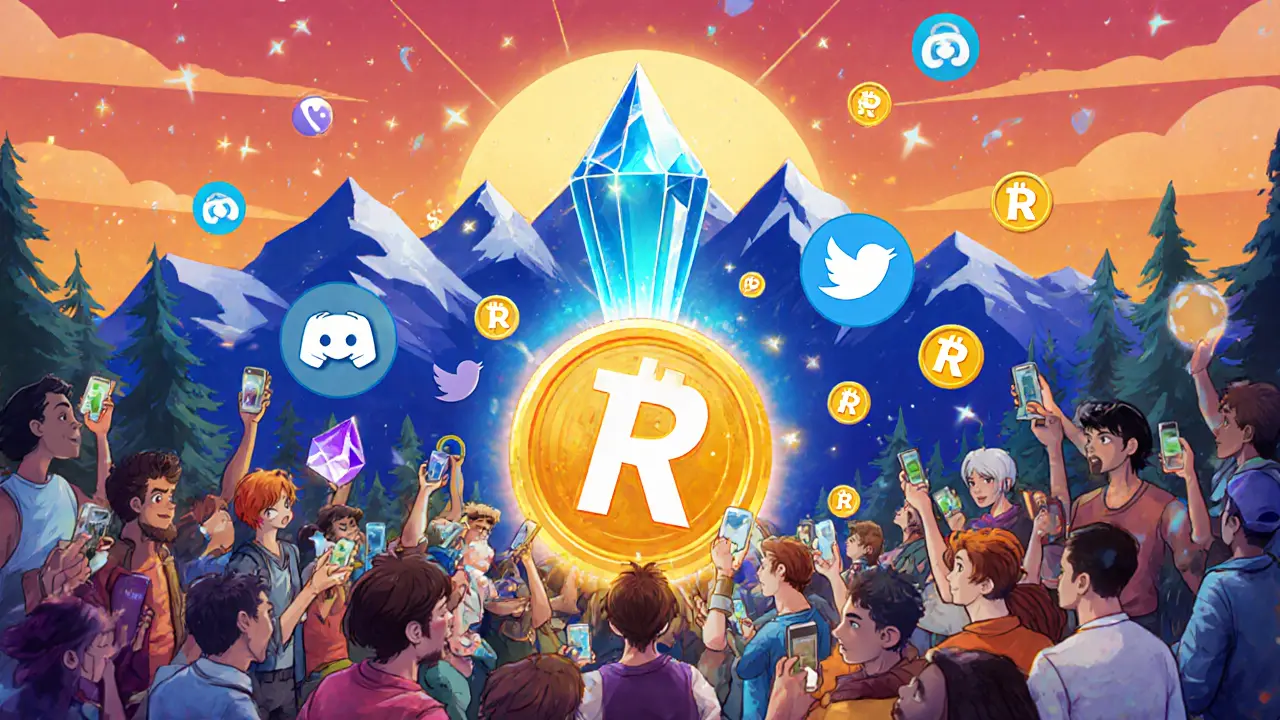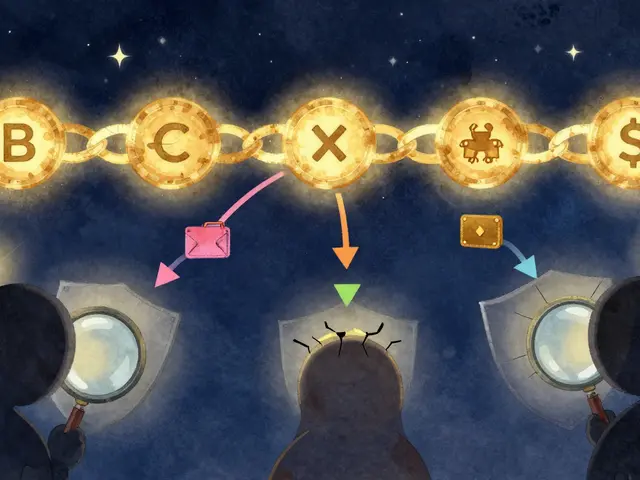RVLVR Tokenomics: A Clear Look at the RVLVR Token’s Economics
When talking about RVLVR token, a utility token on the XYZ blockchain that fuels the RVLVR ecosystem. Also known as RVLVR, it enables payments, staking, and governance within the platform, you instantly step into a world where tokenomics, the design of supply, distribution and incentives drives every user decision. The token lives on a blockchain, a decentralized ledger that guarantees transparency and immutability, and it powers a range of DeFi, decentralized finance services like lending, swapping and yield farming. Some projects even sprinkle an airdrop, a free token distribution to active community members into the mix to kick‑start adoption. In short, the RVLVR token links technology, finance and community incentives together.
Key Elements of RVLVR Tokenomics
The first pillar is the supply model. RVLVR caps its total issuance at 100 million tokens, with a fixed release schedule that drops 5 % each year for the first four years, then tapers to 2 % annually. This predictable curve, a classic tokenomics pattern, helps investors gauge inflation risk and plan long‑term strategies. The second pillar is allocation: 40 % goes to the community via staking rewards and airdrops, 30 % fuels development, 20 % backs liquidity pools, and the remaining 10 % is reserved for strategic partners. Because the token’s distribution ties directly to network activity, the more users stake or trade, the more tokens flow back into the ecosystem—a direct cause‑and‑effect relationship.
Third, utility drives demand. Within the RVLVR DeFi suite, the token acts as the gas for transaction fees, the stake for yield farms, and the voting weight in governance proposals. When a user locks RVLVR in a liquidity pool, they earn a share of swap fees; when they vote on protocol upgrades, their voting power equals their token balance. This utility‑supply loop creates a feedback cycle: increased usage boosts token value, which in turn encourages more usage. The token’s on‑chain analytics, such as holder concentration and daily active addresses, give a real‑time health check of this loop.
Fourth, community incentives like airdrops add a burst of attention. An airdrop typically targets users who have held a minimum amount for a set period, encouraging early adoption and rewarding loyalty. The RVLVR team schedules airdrops after major milestones—like the launch of a new DEX or a cross‑chain bridge—so that the distribution aligns with genuine ecosystem growth rather than pure speculation. By linking airdrops to measurable events, the project ensures that new tokens land in the hands of participants who are likely to stay active.
Fifth, governance shapes the token’s future. Token holders propose and vote on changes ranging from fee adjustments to new product launches. This democratic layer embeds a self‑regulating mechanism: if a proposal risks diluting token value, the community can reject it, preserving tokenomics integrity. Governance proposals are recorded on the blockchain, offering full transparency and immutable audit trails—another reason the RVLVR token fits neatly into the broader DeFi narrative.
All these pieces—supply caps, allocation formulas, utility functions, airdrop schedules, and governance rights—interlock to form a cohesive tokenomics system. Understanding each component lets you spot red flags, such as overly generous founder allocations, or green lights, like strong on‑chain activity and community‑driven governance. Below, you’ll find a curated list of articles that break down these topics in detail, from step‑by‑step airdrop guides to deep dives on DeFi integrations and market analysis. Use them to sharpen your perspective and decide how the RVLVR token fits into your portfolio.
RVLVR (Revolver Token) Airdrop Details: How to Track, Claim, and Stay Safe
Learn how to track, claim, and stay safe with the RVLVR (Revolver Token) airdrop. Get a step-by-step guide, tokenomics preview, fraud warnings, and a FAQ for 2025 gamers.





